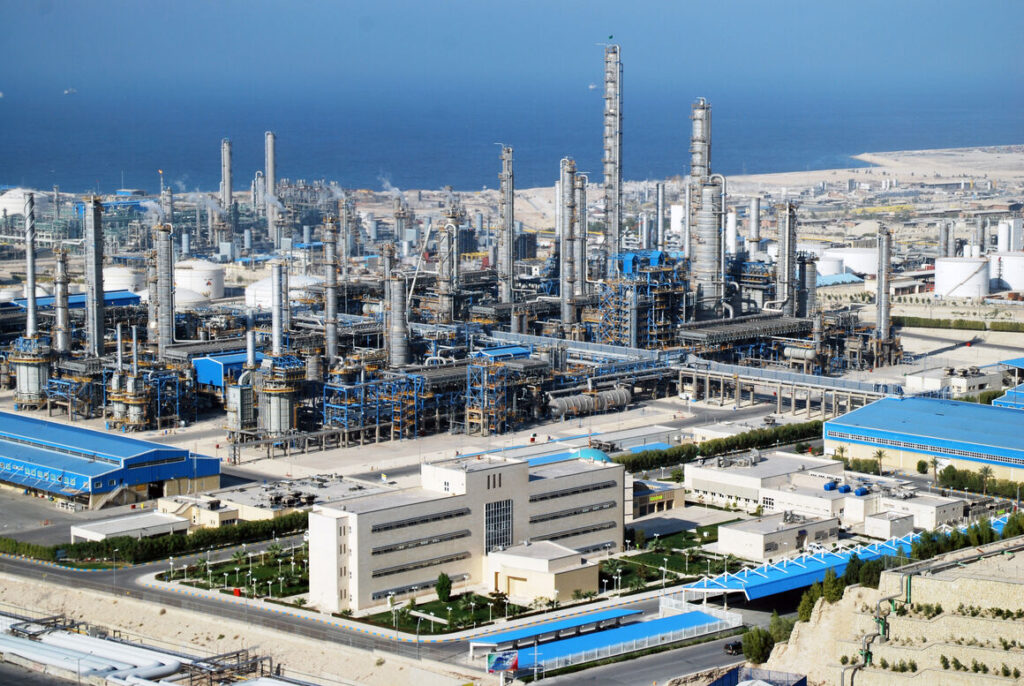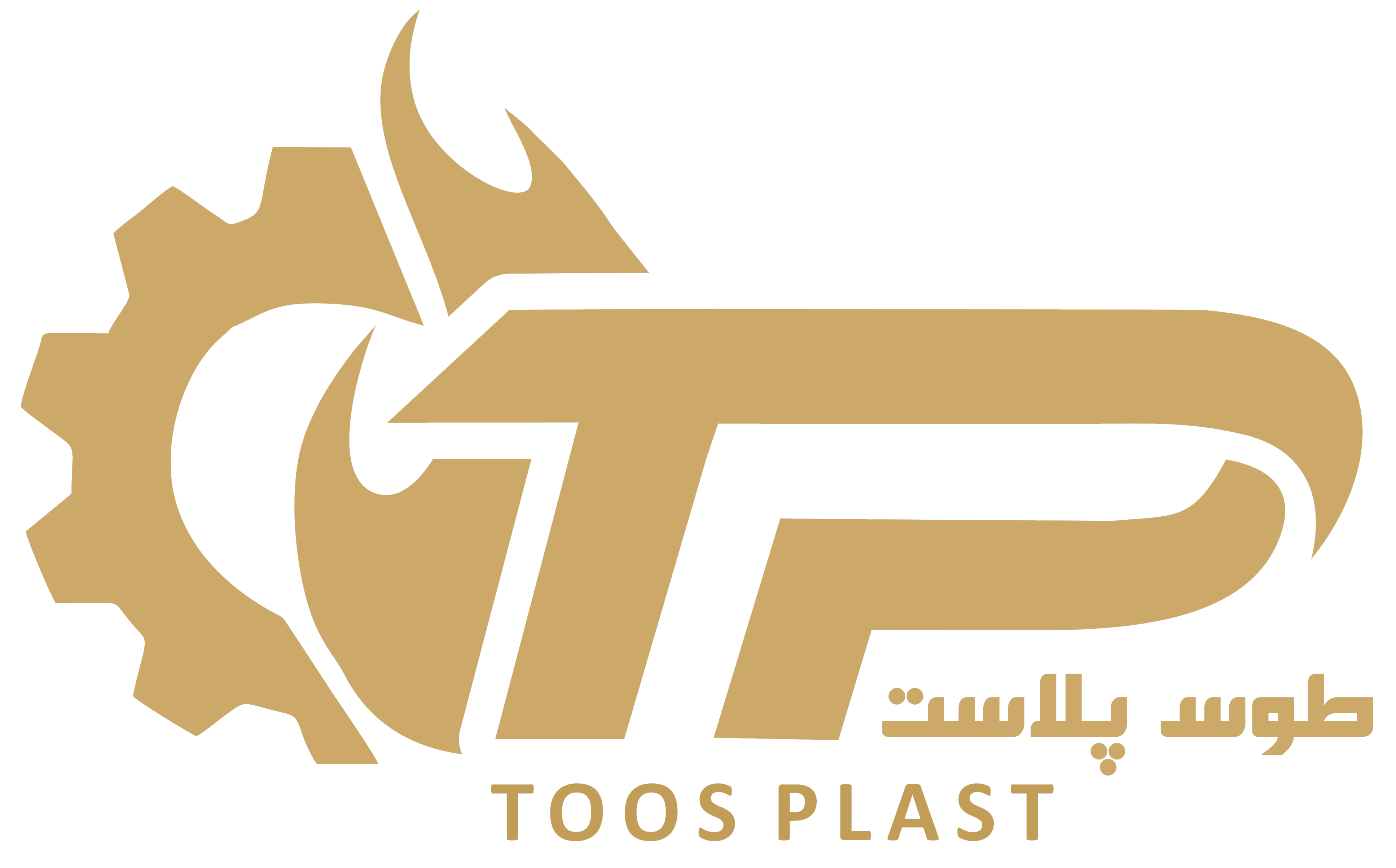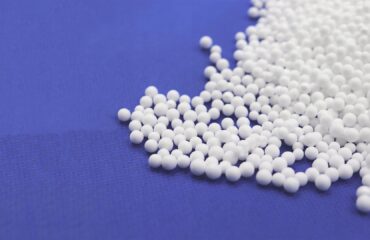Polymer products in Iran have become a significant point of interest for manufacturers, traders, and buyers both inside the country and across international markets. As one of the Middle East’s key players in petrochemical production, Iran hosts a variety of polymer-producing companies supplying high-quality raw materials at competitive prices.
In this article, we explore the current state of polymer pricing in Iran, the factors that affect price trends, key polymer types available in the market, and insights for buyers who rely on timely and accurate pricing to manage supply chains and costs.
Note: The prices in this article are calculated based on an exchange rate of 1,082,000 Iranian rials per US dollar. Please keep in mind that any fluctuations in the exchange rate will affect the USD-equivalent prices.
Date: ،Tuesday, 21 October 2025
| Polymer Grade | Company | Price (USD/tonne) | Datasheet Analysis |
|---|---|---|---|
| 0035 | Bandar Imam | $767 | 0035 Datasheet |
| 6200 | Miandoab | $778 | 6200 Datasheet |
| BL3 | Marun | $769 | BL3 Datasheet |
| BL3 | Bakhtar | $769 | BL3 Datasheet |
| BL3 | Jam | $763 | BL3 Datasheet |
| 3840 | Tabriz | $739 | 3840 Datasheet |
| F7000 | Mehr | $824 | F7000 Datasheet |
| F7000 | Ilam | $811 | F7000 Datasheet |
| F7000 | Miandoab | $764 | 7000F Datasheet |
| F7000 | Bandar Imam | $809 | F7000 Datasheet |
| 5110 | Arya Sasol | $803 | 5110 Datasheet |
| 5510 | Arya Sasol | $800 | 5510 Datasheet |
| X5 | Marun | $813 | EX5 Datasheet |
| X5 | Jam | $832 | EX5 Darasheet |
| X5 | Bakhtar | $813 | EX5 Datasheet |
| X3 | Amir Kabir | $860 | EX3 Datasheet |
| P100(n) | Jam | $869 | PE100 Datasheet |
| P100(b) | Shazand | $887 | PE100 Datasheet |
| 020 | Bandar Imam | $857 | LF0200 Datasheet |
| 075 | Bandar Imam | $1,007 | 075 Datasheet |
| 0190 | Arya Sasol | $864 | 0190 Datasheet |
| 2420(E02) | Kordestan | – | 2420E02 Datasheet |
| 2420(H) | Amir Kabir | $860 | 2420 h Datasheet |
| 2102(TX) | Laleh | $843 | L2102TX Datasheet |
| 2100 | Laleh | $1,007 | 2100 Laleh |
| LLD 209 | Amir Kabir | $869 | LL0209AA Datasheet |
| LLD 209 | Shazand | $846 | LL0209AA Datasheet |
| LLD22B02 | Mahabad | $846 | 22B02 Datasheet |
| LLD22B02 | Lorestan | $843 | 22B02 Datasheet |
| 235(F6) | Jam | $848 | 22B02 Datasheet |
| 52518 | Jam | $730 | HD52518 Datasheet |
| 52511 | Jam | $730 | |
| HI500 | Bandar Imam | $753 | HI0500 Datasheet |
| 54B04 | Lorestan | $749 | 54B04 Datasheet |
| 62n07 | Lorestan | $730 | 62N07 Datasheet |
| 62n07 | Miandoab | $730 | 62N07 Datasheet |
| 1922 | Laleh | $1,183 | 1922T Datasheet |
| C30S | Marun | $1,248 | C30SDatasheet |
| 1102XL | Regal | $1,294 | 1102XL Datasheet |
| 1102XK | Regal | – | 1102 XK Datasheet |
| 510L | Jam | $1,294 | 510L Datasheet- |
| 510L | Khomeyn | – | 510L Datasheet |
| HP500 | Khomeyn | – | HP500P Datasheet |
| HP500 | Marun | – | HP500P Datasheet |
| 550J | Jam | $1,359 | 550J Datasheet |
| 550J | Khomeyn | – | 550J Datasheet |
| Z30S | Marun | $1,081 | Z30S Datasheet |
| 552R | Jam | $1,077 | HP552R Datasheet |
| 552R | Shazand (Arak) | $1,077 | HP552R Datasheet |
| 552R | Marun | $1,077 | HP552R Datasheet |
| 548T | Jam | $1,174 | 548T Datasheet |
| 548R | Jam | $1,091 | PPC-EP548R-JAM |
| 548R | Navid Zar Shimi | – | EP548R Datasheet |
| 440L | Jam | $1,086 | 440L Datasheet |
| 440G | Jam | $1,488 | 440G Datasheet |
| 3130 | Jam | $1,081 | 3130uv Datasheet |
| R40 | Shazand (Arak) | $1,178 | R40 Datasheet |
| RP340 | Jam | $1,058 | RP340 Datasheet |
| RP340 | Marun | $1,054 | RP340N Datasheet |
| RP345 | Jam | $1,054 | 345S Datasheet |
| ZR340 | Navid Zar Shimi | $1,054 | ZR340R Datasheet |
| ZR230 | Navid Zar Shimi | $1,201 | ZR230 Datasheet |
| MR230 | Marun | $1,201 | Mr230 Datasheet |
| MR270 G | Shazand | – | |
| RP210 G on-grade | Shazand | $1,479 | RP210G Datasheet |
| RP210 G off-grade | Shazand | $1,201 | RP210G Datasheet |
| RP210 G | Marun | – | RP210G Datasheet |
| ABS 150 | Tabriz | $1,285 | ABS150 Datasheet |
| ABS N50 | Ghaedbasi | $1,296 | ABS50N Datasheet |
| 7240 | Tabriz | $869 | HIPS 7240 Datasheet |
| 6045 | Petro Paak | $869 | GPPS 1115 Petropaak |
| 1540 | Tabriz | $809 | GPPS 1540 Datasheet |
| 1551 | Takhte Jamshid | $786 | GPPS1551 Datasheet |
| 1115 | Petro Paak | $795 | GPPS1115 Datasheet |
| 3160 | Jam | $730 | GPPS 3160 Daasheet |
For visiting the prices of Polymer materials in Iran’s free market, please click on the following link: Prices of Polymer Products in Iran’s free market
Iran’s Role in the Global Polymer Market
Iran is a leading producer of polymer raw materials, thanks to its access to vast natural gas and oil resources, which serve as the feedstock for polymer manufacturing. Major companies such as Jam Petrochemical, Marun, Bandar Emam, Arya Sasol, Shazand, Ilam, and Tabriz Petrochemical are regularly listed among the top suppliers of polyethylene (PE), polypropylene (PP), polystyrene (PS), PVC, and ABS.
Iran’s geographic location offers export access to nearby markets including Turkey, Central Asia, India, China, and Europe. However, even with growing demand for Iranian polymer products, local price fluctuations are affected by a range of domestic and global variables.
Main Types of Polymers and Their Pricing
The Iranian polymer market covers a wide spectrum of products, including:
- HDPE (High-Density Polyethylene)
- LDPE (Low-Density Polyethylene)
- LLDPE (Linear Low-Density Polyethylene)
- PP (Polypropylene)
- PVC (Polyvinyl Chloride)
- ABS (Acrylonitrile Butadiene Styrene)
Each of these materials has subgrades depending on their use in injection molding, blow molding, film production, pipe extrusion, and more.
Let’s break down each category in terms of price trends and market availability.
HDPE Prices in Iran
HDPE grades such as 0035, 5110, 5502, and 52518 are among the most traded in Iran. These are used in packaging, containers, tanks, and household products. Prices are influenced by international oil prices, currency exchange rates (especially the USD to IRR rate), and local supply/demand balance.
HDPE prices in Iran typically range from $780 to $900 per ton, depending on the grade and producer. For example, HDPE 0035 from Bandar Emam is usually priced competitively, making it popular among bulk buyers.
LDPE & LLDPE Prices
LDPE and LLDPE are primarily used in film applications such as agricultural film, packaging film, and plastic bags. Grades like 2420D, 2420H, LLDPE 22B02, and 209AA are well-known in the Iranian market.
Prices for LDPE/LLDPE range between $850 and $950 per ton, depending on the product specifications and region of supply (e.g., Mahabad, Lorestan, Shazand, or Amir Kabir Petrochemical).
Polypropylene (PP) Prices
Polypropylene is widely used in the automotive industry, food packaging, textiles, and medical applications. Key grades include Z30S, V30S, HP500, RP340, and P100.
The PP price in Iran is relatively volatile due to high export demand and domestic consumption. Currently, prices vary between $1,000 and $1,300 per ton. For high-performance PP copolymers and random copolymers, the price can exceed $1,400.
PVC Prices
PVC 65 is the most commonly traded PVC grade in Iran, often produced by Arvand Petrochemical or Bandar Emam. It’s used in pipe manufacturing, fittings, profiles, cables, and flooring.
PVC prices are somewhat stable, usually ranging from $750 to $850 per ton. However, availability may vary based on seasonality and local infrastructure demand.
ABS Prices in Iran
ABS is in high demand for automotive parts, electronic housings, and consumer goods. Ghaed Basir and Tabriz Petrochemical are the main suppliers.
Due to its reliance on imported feedstock, ABS prices in Iran are relatively high compared to other polymers—typically between $1,700 and $2,000 per ton.

Factors Affecting Polymer Prices in Iran
The pricing of polymer products in Iran depends on several key factors:
- Exchange Rate Volatility
Since many contracts are benchmarked against the U.S. dollar, fluctuations in the USD/IRR exchange rate directly impact prices in local and export markets. - Raw Material Costs
Feedstock availability, particularly ethylene, propylene, and styrene, plays a vital role. Crude oil and naphtha prices are also influential. - Export Regulations and Sanctions
Political and economic sanctions affect international trade flows, influencing both availability and pricing for domestic buyers. - Local Supply and Demand
Industrial demand, seasonal variation, and production shutdowns or maintenance periods at petrochemical plants can cause temporary price shifts. - Government Pricing Policies
Iran’s commodity exchange (IME) sets base prices weekly, providing transparency and a pricing benchmark for domestic trade.
How to Stay Updated on Polymer Prices
Given the daily changes in currency and international feedstock rates, staying updated on polymer prices in Iran requires:
- Daily/weekly market reports
- Direct price updates from petrochemical suppliers
- Monitoring of Iran Mercantile Exchange (IME) announcements
- Telegram groups and online trading forums for fast-moving quotes
If you’re buying in bulk, working with reliable suppliers who can offer updated prices and stock availability is crucial. Here are several reputable international websites that provide global prices for polymer and petrochemical commodities, including real-time market data, analysis, and price trends:
1. ICIS (Independent Commodity Intelligence Services)
- Website: www.icis.com
- Coverage: Polymers (HDPE, LDPE, LLDPE, PP, PVC, PET), petrochemicals (ethylene, propylene, etc.)
- Features: Price benchmarks, market news, analysis, forecasting.
- Note: Requires a subscription for detailed pricing data.
2. Platts (by S&P Global)
- Website: www.spglobal.com/platts
- Coverage: Petrochemical prices, including olefins, aromatics, polymers.
- Features: Daily and weekly assessments, market commentary.
- Note: Professional-level service, subscription required.
3. ChemOrbis
- Website: www.chemorbis.com
- Coverage: Plastic raw materials (HDPE, LDPE, LLDPE, PP, PVC, PS, ABS), global market news.
- Regions: Focus on Middle East, Asia, Europe, Turkey.
- Features: Price indexes, polymer news, import/export data.
- Free access: Limited data; full access requires subscription.
4. Polymerupdate
- Website: www.polymerupdate.com
- Coverage: Daily polymer and petrochemical price assessments for India, Asia, Middle East, Europe.
- Products: HDPE, LDPE, LLDPE, PP, PVC, PET, etc.
- Features: Prices, news, import/export data, reports.
- Note: Paid subscription for full access.
5. PlasticsExchange
- Website: www.theplasticsexchange.com
- Coverage: US-based real-time marketplace for buying/selling polymers.
- Products: HDPE, LDPE, LLDPE, PP, PS, PET.
- Features: Spot pricing, live trading, historical charts.
- Free registration available.
6. Tecnon OrbiChem
- Website: www.orbichem.com
- Coverage: Chemicals and polymers.
- Focus: Strategic market analysis, price forecasts.
- Note: High-level consultancy and data service; subscription required.
7. PIE (Plastics Information Europe)
- Website: www.pieweb.com
- Coverage: Polymers across European markets.
- Features: Daily price updates, analysis, news.
- Note: German-based, strong EU focus, subscription required.
Final Thoughts
The polymer products prices in Iran offer a compelling mix of affordability and quality, making Iranian polymers an attractive option for local and foreign manufacturers. While market dynamics are complex and often change rapidly, understanding the pricing landscape and building a strong network can help buyers make informed, timely decisions.
Whether you’re sourcing HDPE, LDPE, PP, or engineering plastics like ABS, Iran remains one of the best destinations for cost-effective and diverse polymer raw materials. Keeping an eye on USD to IRR rates, local market trends, and government policies will ensure you’re ahead in the game.


